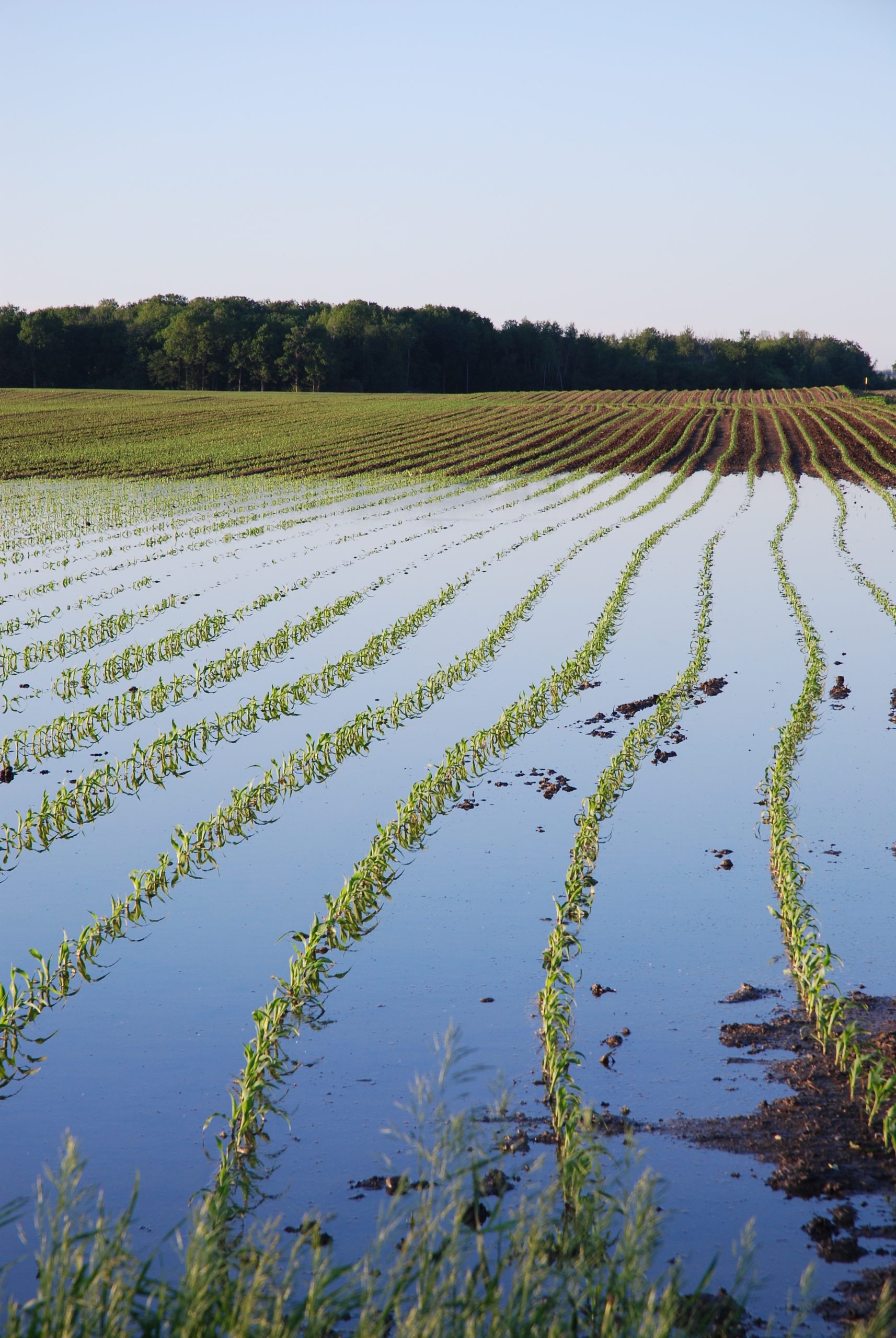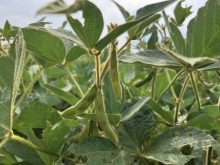It’s one thing to have research projects geared to the long-term effects of crop rotation, but it’s quite another to have research data that stretches across a wide geographic area, allowing for more useful predictions.
Amélie Gaudin has been following the results from long-term studies on rotational diversity since earning her PhD from the University of Guelph. In her presentation at the 2024 Southwest Agricultural Conference earlier this month, she provided insights from a variety of research studies in Ontario and across parts of the U.S.
Why it matters: Long-term research trials on crop rotation show yield stability benefits for corn.
Read Also

Claas brings 1000 Series SP forage harvesters to Canada
In mid-August, Claas unveiled its new line of Jaguar forage harvesters at an event in Visalia, California, deep in the heart of that state’s dairy region.
The benefit of rotational diversity isn’t a new message, she noted, which is why the collaborative approach from sites in Michigan, Ohio, Pennsylvania, Nebraska and South Dakota, among others, was intriguing.
Diverse rotations can lower pest pressures, lower the use of synthetic inputs, increase nitrogen-use efficiency and improve soil health.
“However, diversifying rotations is still a complex thing to do on a farm,” conceded Gaudin, who is now an associate professor at the University of California Davis.
“The cost-revenues are really not straightforward because they’re context specific. The system will respond differently according to soil, climate and landscape but also depends on the farm systems, equipment and the markets.”
She cited research projects into crop rotation that began in 1980 and are still underway at the University of Guelph’s Elora Research Station. In the 40-plus year history, research has addressed the effects of tillage, rotational complexity and cover crops.
The replicated trials can provide insights into soil properties, carbon sequestration, greenhouse gasses, cost-revenue comparisons and nutrient management.
Not a simple process
Gaudin addressed rotation complexity and cover crop use with five different cropping scenarios:
1 crop = monocrop corn
2 crops = corn-soybeans or corn-alfalfa
3 crops = corn-soybeans-wheat or corn-oat-barley
3 crops + 1 cover crop = corn-soybean-wheat(RC) *
3 crops + 2 cover crops = corn-oat(RC)-barley(RC) *
*(RC) –under-seeded to red clover
“There’s a large amount of power in this long-term trial,” said Gaudin. “We can see time trends to inform the future, with yield benefits, input use or savings and others. We can look at productivity over time in a system that will be highly diversified.”
She recalled walking fields in 2012 – an extreme year for drought – and observed different levels of leaf-rolling from different rotations and tillage.
One slide from her presentation showed a side-to-side comparison of a field of no-till corn and a cover crop versus four crops in rotation with two cover crops. The yield benefit with the 30-year average was 600 kg/ha (9.6 bu./ac) with tillage and 420 kg/ha (6.8 bu./ac) no till.
But the yield benefit from those same systems in 2012 was 880 kg/ha (14 bu./ac) with tillage and 1,670 kg/ha (26 bu./ac) with no till.
“We should also realize that these conditions are going to become more normal,” said Gaudin. “The scientific community has (joined) together to write numerous reports to show that agriculture has to adapt to this new normal.”
Combined effort
Using data from nine U.S. sites and combining them with figures from Woodslee and Elora, Gaudin provided a better reflection of the benefits of diverse rotations. In 10 locations (minus one of the U.S. sites), the addition of a new crop in the rotation resulted in significant increases in yield, particularly at Woodslee, which recorded the highest jump.
“Over time, as we diversify rotation, we’re starting to look at expected benefits. The longer you diversify your cropping system, the more benefits in term of maize yield, both at Woodslee and Elora. Some of the differences in trials are linked to soil properties and the potential that soil health can have in these systems.”
Gaudin also studied the effect of rotational diversity on the risk of crop failure. From all 11 sites, a simple rotation at the Elora site showed an 18 per cent risk-probability of crop failure in a stressful year. But in a year with favourable growing conditions, a complex rotation at both Elora and Woodslee held a probability of greater than 20 per cent of having a bumper crop.
“What that shows is crop rotational diversity reduces the risk of crop failure and increases your opportunity to get good yields in maize when conditions are favourable,” said Gaudin.















